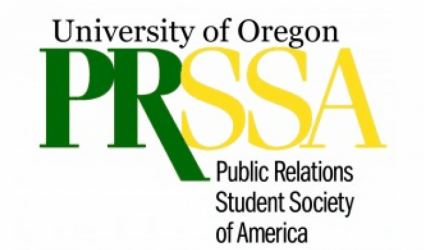By Kate Templeton
Social media has become a prominent and critical tool in the world of public relations. The online presence of a company can either make or break its reputation. When working in PR, it’s important to understand this powerful tool and how to find the most success while using strategic social media tactics. Here are a few tips for using social media to positively support a brand’s digital presence.
Use Hashtags Professionally.
Hashtags are a great tool to grow an online following and engage with users. There are specific social media tactics that are important when using hashtags. For some brands, using the same hashtag on every post creates consistency. This eventually can be seen as a slogan for the company, and all posts that accompany the hashtag are easy to find. Hashtags can also be used to gain traction and reach more users. Because they are easily searched, using relevant hashtags that appeal to the audience will help the brand expand.
Pay Attention to Your Audience.
Discovering what the audience cares about is a crucial step in creating an online brand. Public relations professionals have the opportunity to listen to the conversations their audiences are having on social media platforms. Responding to comments, questions and listening to critiques will help a brand find more success.
Consistency is Key.
When developing a strong social media presence, it is essential to pay attention to the full image the brand portrays online. Developing a consistent look and voice will help establish a solidified image throughout. The design and graphic elements should be similar to increase audience engagement and differentiate the brand from others.
Create a Strategy.
Not every social media platform is going to be beneficial for every brand. Organizations should only focus on social platforms that add value to their company. Create and implement a social media strategy that will meet the brands’ unique goals and objectives.
Analytics, Analytics, Analytics!
It’s one thing to post consistently on social media accounts, but it is another to actually grasp how the audience is responding. The use of analytics is necessary when evaluating the effectiveness of social media strategies. This can help companies reach the correct audiences that positively impact the brand. (Check out Sierra’s blog post last week for more insights on social media analytics)!
You will now be one step ahead when using social media to professionally maintain a client’s brand!








